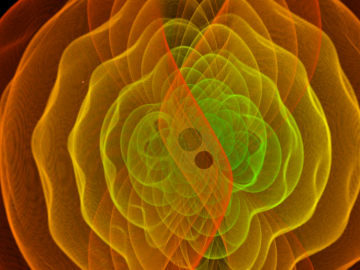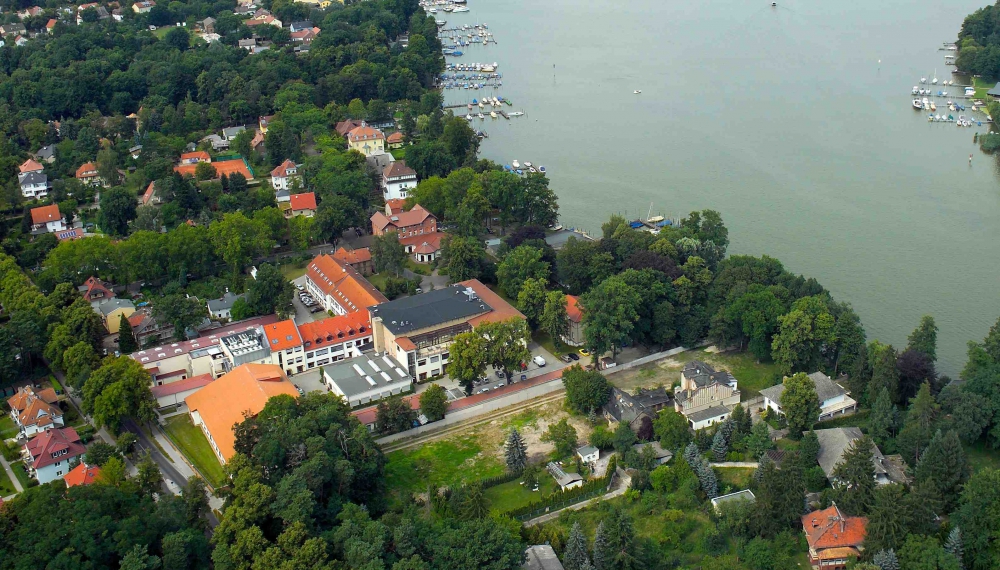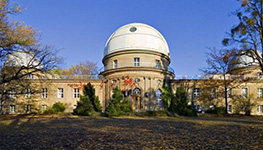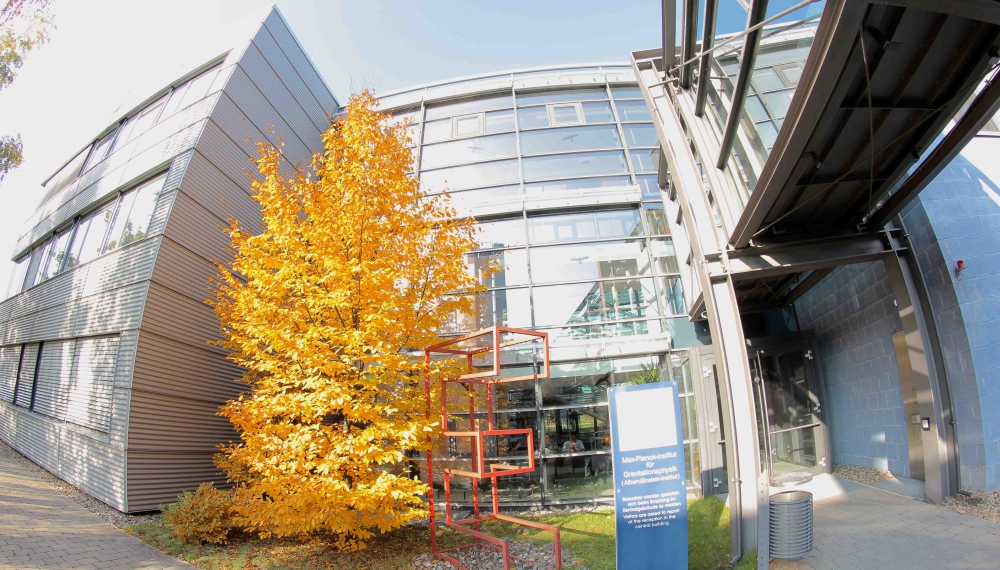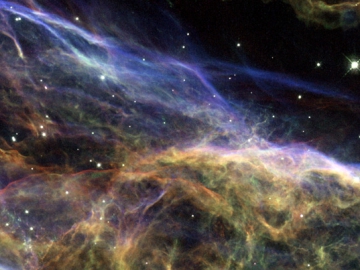Potsdam is one of four major sites of astrophysical research in Germany. Here, three internationally leading non-university institutions conduct a wide range of astrophysical research. They are closely associated with the University of Potsdam and contribute to academic teaching through joint professorships, associate and honorary professorships and joint research groups. The Astrophysics research area at the University of Potsdam stands out due to being especially strongly networked with these non-university institutions.
The life cycle of stars, planets, gas and galaxies
Stellar Astrophysics at the University of Potsdam (UP) focuses on massive stars and their stellar winds. Observations of stellar spectra and their analysis are used to investigate stellar evolution until its final stages: white dwarfs, neutron stars or black holes. The properties of planetary and stellar discs of dust are explored in planetology.
Galactic and extragalactic astrophysics at UP investigates the diffuse gas component in the universe. The interstellar and intergalactic medium, i.e. the gas in between stars and galaxies, provides important information about the chemical evolution of galaxies from the early universe up to today. Research in astroparticle physics is dedicated to specific aspects of particle physics applied to cosmic objects.
UP research groups in astrophysics:
- Stellar Astrophysics
- Interstellar and Intergalactic Medium
- Planetology
- Experimental Astroparticle Physics (with DESY)
- Theoretical Astroparticle Physics (with DESY)
- Plasma Astrophysics (with DESY)
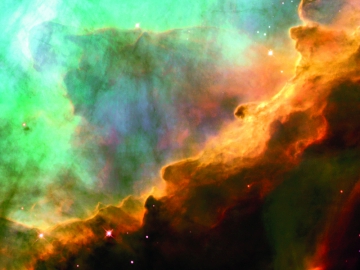
From the Sun to distant galaxies
Research at the Leibniz Institute for Astrophysics Potsdam (AIP) in the overarching areas of Cosmic Magnetic Fields and Extragalactic Astrophysics aims to decipher the structure, formation and evolution of cosmic objects - from the sun and individual stars, to our Milky Way and other galaxies. The overarching goal is to understand the physical processes involved on every scale: this includes, for example, magnetic dynamos, turbulence, and feedback from stars and from supermassive black holes, as well as the effects of dark matter and dark energy.
In addition, scientists and engineers in the area of research infrastructure/technology develop new instrumentation and software for major international astronomical projects on Earth and in space.
AIP Cosmic Magnetic Fields research area:
- Magnetohydrodynamics and Turbulence
- Solar Physics
- Stellar Physics and Exoplanets
AIP Extragalactic Astrophysics research area:
- Milky Way and the Local Group
- Dwarf Galaxies and the Galactic Halo
- Galaxies and Quasars
- Cosmology and High-Energy Astrophysics
AIP research and development area:
- Telescope Control and Robotics
- High-resolution Spectroscopy and Polarimetry
- 3D and Multi-Object Spectroscopy
- Supercomputing and E-Science
- Fiber-optic Spectroscopy and Sensing (innoFSPEC)
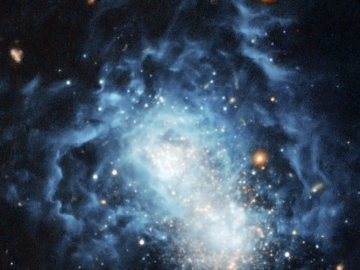
High-energy radiation from Space
The aim of global collaboration in astroparticle physics is to gain a basic understanding of the role of high-energy particles and processes in the development of the universe. For the first time, it is now possible to measure all cosmic messengers, from cosmic particle radiation to gamma radiation and cosmic neutrinos to gravitational waves, and to link this information with observations of classical astronomy to form a new picture of the high-energy universe. The still very young field of these combined observations of different messengers ("Messenger") is called Multimessenger Astronomy.
Scientists and engineers at DESY make significant contributions to the construction and operation of large observatories and experiments of astroparticle physics.
DESY Astroparticle Physics research area:
- Neutrino Astronomy
- Gamma Astronomy
- Astroparticle Physics Theory
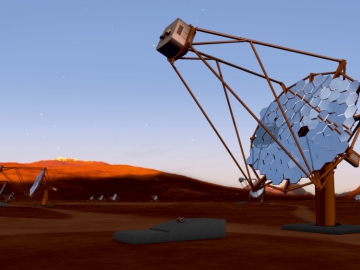
Detecting gravitational waves
At the Max Planck Institute for Gravitational Physics (Albert Einstein Institute / AEI) in Potsdam and Hannover four divisions address both theoretical and experimental aspects of gravitational waves. These “ripples in space-time” were predicted by Einstein in 1916 and were directly observed for the first time in 2015.
In Potsdam, the main goal of the research with astrophysical applications is the development of analytical and numerical models of gravitational-wave sources to obtain unique astrophysical and cosmological information from the observed wave forms and to test Einstein's Theory of General Relativity in the strong-field regime.
AEI departments and groups in Potsdam related to gravitational-wave physics, astrophysics and cosmology:
- Astrophysical and Cosmological Relativity
- Computational Relativistic Astrophysics
- Theoretical Cosmology (ERC research group)
